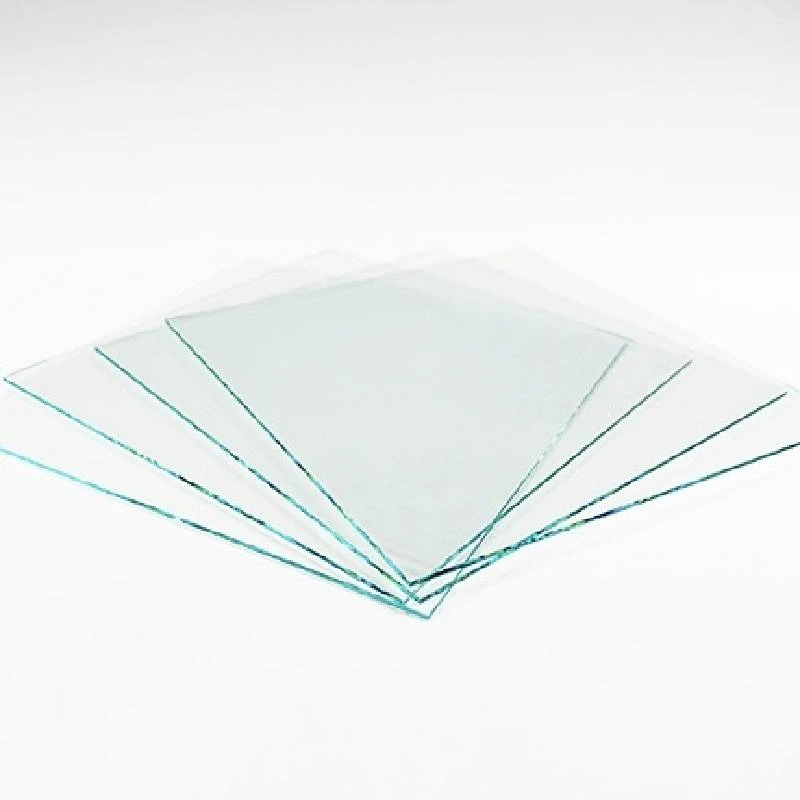

Understanding Low-E Replacement Glass Enhancing Home Efficiency
In recent years, energy efficiency has become a crucial concern for homeowners looking to reduce their utility bills and minimize their environmental impact. One of the most effective upgrades for improving a home's energy efficiency is the installation of low-emissivity (low-E) replacement glass. This innovative material not only helps regulate indoor temperatures but also enhances comfort and reduces glare. In this article, we will delve into what low-E glass is, its benefits, and factors to consider when replacing your windows.
What is Low-E Glass?
Low-E glass is a type of window glass that has been treated with a special coating to reflect infrared and ultraviolet light while allowing visible light to pass through. This coating is typically a microscopically thin layer of metallic oxides that is applied to the surface of the glass. The primary purpose of low-E glass is to minimize heat transfer, which means keeping heat inside during the winter and blocking heat from entering during the summer. As a result, homes equipped with low-E windows can maintain a more consistent indoor temperature, enhancing comfort throughout the year.
Benefits of Low-E Replacement Glass
1. Energy Efficiency One of the standout benefits of low-E glass is its ability to enhance energy efficiency. By reducing heat transfer, homeowners can lower their heating and cooling costs significantly. Studies have shown that replacing traditional glass with low-E glass can lead to energy savings of 10-25% annually.
2. UV Protection Low-E glass helps filter harmful ultraviolet (UV) rays, which can contribute to skin damage and fade furniture and carpeting. By blocking up to 99% of UV rays, low-E windows not only protect your skin but also prolong the life of your interior decor.
3. Increased Comfort With better temperature regulation and reduced drafts, homes with low-E glass tend to be more comfortable. Homeowners can enjoy a stable indoor climate without the hot spots near windows that often occur with traditional glass.

4. Reduced Glare Low-E glass minimizes glare from direct sunlight, making it easier to watch television, work on a computer, or simply enjoy your living space without the discomfort of harsh lighting.
5. Environmental Impact By reducing energy consumption, low-E glass windows contribute to a lower carbon footprint. For environmentally-conscious homeowners, this upgrade aligns with efforts to live sustainably and reduce reliance on fossil fuels.
Considerations for Window Replacement
When considering low-E replacement glass, there are several factors to keep in mind. Firstly, it’s essential to choose the right type of low-E coating for your climate. There are different coatings designed for various environmental conditions. For instance, in colder climates, a glass with a higher insulating value may be more beneficial, whereas warmer regions may require a coating that reflects more solar heat.
Additionally, consider the frame material and the overall window design. The frame should not only be aesthetically pleasing but also contribute to energy performance. Materials such as vinyl and fiberglass offer increased insulation compared to aluminum frames.
Lastly, always consult with a professional window contractor to assess your specific needs. Proper installation is crucial for optimizing the energy efficiency of low-E replacement glass.
Conclusion
Investing in low-E replacement glass can greatly improve your home's energy efficiency, comfort, and aesthetic appeal. As energy costs continue to rise, homeowners are increasingly turning to advanced solutions like low-E glass to enhance their living environments and curb expenses. By making informed decisions about window replacements, you can enjoy a more sustainable, comfortable, and cost-effective home.